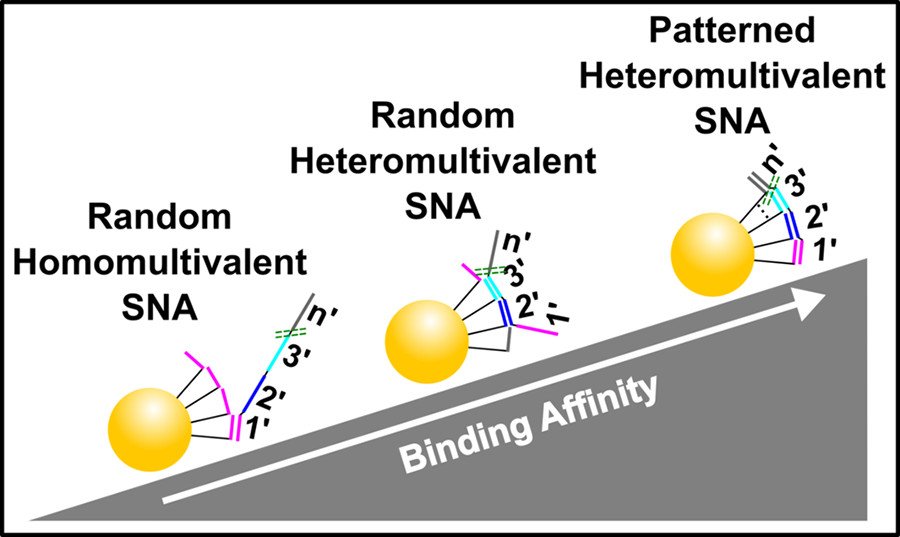Latest News
-
Congratulations to our very own Krista Jackson on receiving the @NSF Graduate Research Fellowship! We are so proud… https://t.co/rr5pIO3cMj
-
We had a blast at @ATLSciFest yesterday sharing our knowledge of DNA with all the participants! 🍓🧬 https://t.co/AC5bfj1g0x
-
Congratulations to both of our incredible senior undergraduates, Bakai Sheyitov and Mark Essein, on successfully de… https://t.co/yWCzcTywGF
-
-
Congratulations to @Rachel_L_Bender on successfully defending her dissertation today! We're incredibly proud of all… https://t.co/3D2YmEDFaN
-
Congratulations to Dr. Rashid! We're all so proud of you and anticipate your successes to come 🎉 @aysha_tisa https://t.co/JI8eHPZOUD
-
Our very own Aysha is defending her thesis this Monday, February 27th! Join us in Atwood Chemistry Building or on Z… https://t.co/XO3ZResl4g
-
Excited to introduce our new exchange students! Ali Shahrokhtash (left, @shahrokhtash) from Aarhus Universitet and… https://t.co/HqPUiJhGsS
-
New group pic! 🤩 https://t.co/D0cZ86rMk2
-
Excited to debut our new Salaita Group shirts! https://t.co/W05MiXd4D6
Salaita lab in the news
Check out these videos to learn more about what we do!
























